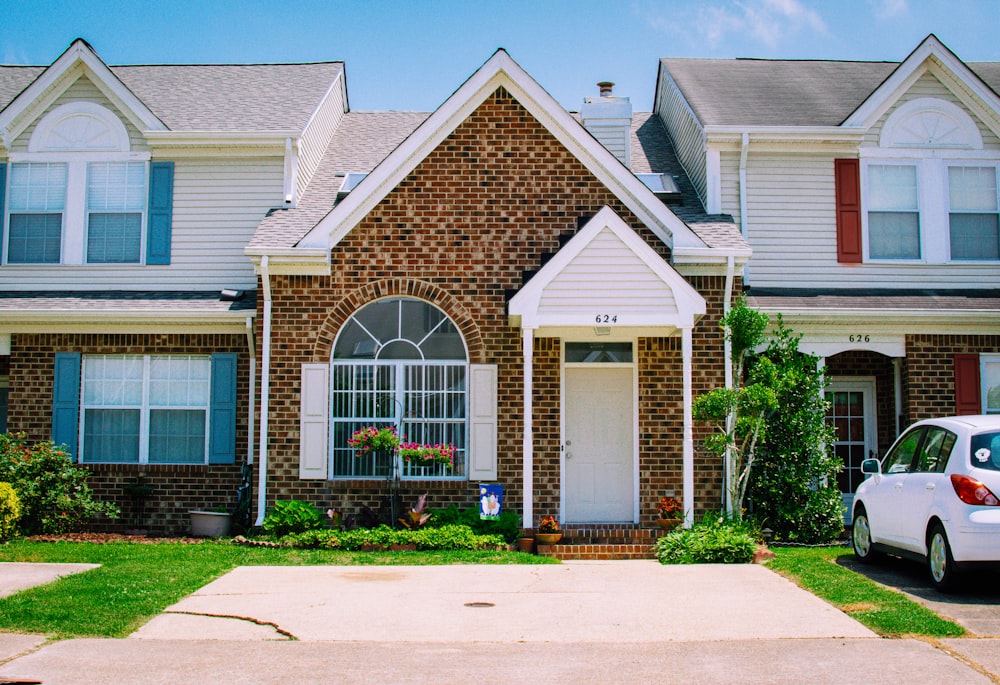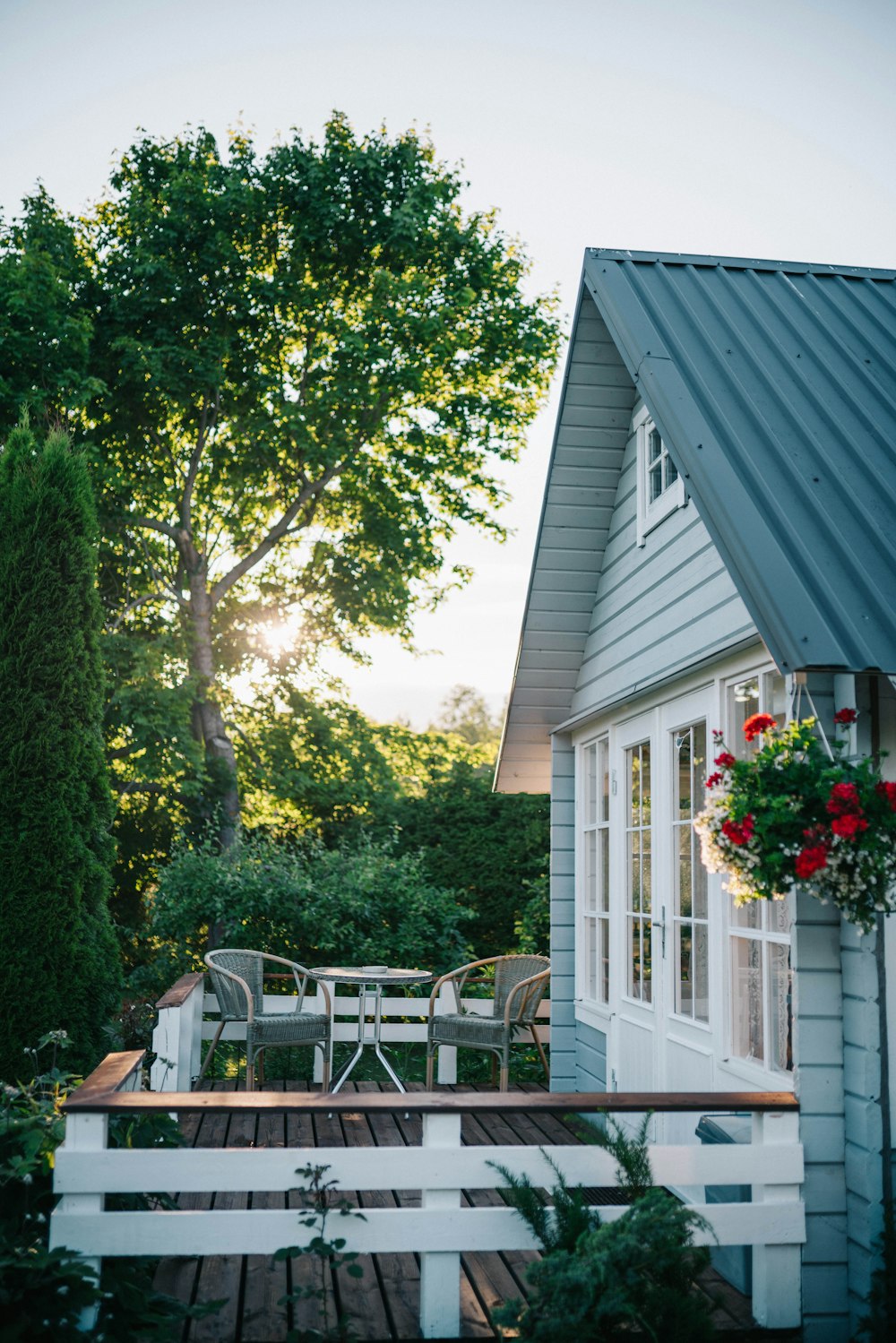Introduction
When investing in your property, few things can match the importance of a sturdy, reliable roof. It’s a critical component that offers protection, enhances energy efficiency, and contributes significantly to the overall aesthetic appeal of your home. In the long term, the quality of your roof can even impact your property’s market value. With the advancements in roofing technology and materials, selecting a reputable and durable roof from manufacturers like those offered through IKO roofing is an investment that pays dividends in the form of lasting benefits, both practical and aesthetic. Choosing a suitable roofing material is essential for durability and aesthetic appeal. Experts recommend conducting thorough research to understand the various options available. Materials such as asphalt shingles, metal roofing, and clay tiles have advantages and considerations. For more information on the different roofing materials available, you can refer to resources provided by reputable organizations such as the National Roofing Contractors Association (NRCA).
The Importance of Quality Roofing
Quality roofing transcends its primary role of sheltering a home from the elements. It encompasses many benefits that collectively contribute to a property’s integrity and value. Properly selected and installed, high-caliber roofing materials act as a protective barrier, ensuring your home remains safe, dry, and comfortable regardless of the weather. Moreover, advanced roofing technologies have been developed to withstand severe weather conditions, offer enhanced durability, and even contribute to energy conservation, which can substantially reduce household running costs.

Enhanced Durability and Longevity
The longevity and durability of a roofing system are predictive of its ability to withstand the relentless challenges posed by the climate over time without frequent maintenance or premature failure. Choosing top-quality roofing materials and employing skilled craftsmanship can lead to a roof that lasts for decades rather than years. A resilient roof is less prone to leaks, wind damage, and other weather-related deterioration, which in the long run can equate to less frequent repairs, reduced maintenance costs, and a marked reduction in the likelihood of needing a premature and expensive replacement.
Boost in Property Value
An attractive, watertight, and resilient roof can significantly sway the appraised value of your property. It’s a clear signal to potential buyers and appraisers that the home has been prudently maintained, which often increases market value and can hasten the sales process. Choosing high-quality materials such as IKO Shingles can further enhance these benefits, as they are known for their durability and aesthetic appeal. While quality roofing may come with a higher initial cost, the potential return on investment can be substantial, especially in housing markets where buyers are savvier and have heightened expectations for the homes they consider.
Superior Energy Efficiency
In this era of environmental awareness, a home’s energy efficiency is not just a personal cost concern but also a broader environmental one. An energy-efficient roof, designed to reflect solar heat and provide optimal insulation, can significantly mediate a home’s internal temperature. Such a roofing system works in tandem with other home features to maintain a consistent and comfortable climate indoors with less dependency on heating and cooling systems, which ultimately plays a critical role in reducing the carbon footprint and monthly energy expenses.
Improved Home Security and Protection
Although less immediately apparent than other benefits, the enhanced security offered by a quality roof cannot be overstated. A roof in good repair is steadfast against environmental challenges – such as strong winds and heavy snowfall that can test the limits of lesser materials – and against the potential security risks posed by deteriorated or easily accessible roofs. Ensuring robust rooftop security mechanisms can mean distinguishing between a safe home and one vulnerable to external threats.

Enhanced Aesthetic Appeal
The elements of style and visual desirability brought forth by a quality roof are evident. With a vast array of customizable options catering to different architectural styles, colors, and textures, a roof can be much more than just functional – it can be a standout feature that shapes the character and charm of your property. This curb appeal is a significant factor in the value estimation of your home. When the time comes to sell, it can make your property the envy of the neighborhood, elevating its marketability.
Connecting with Professionals
Navigating the complexities of roofing materials, their installation, and maintenance requires expertise. It’s advisable to engage with skilled professionals who can assist in making choices that align with one’s budgetary constraints and functional needs. Organizations like the National Association of Certified Home Inspectors provide knowledge on roofing systems, offering homeowners valuable insight into the finer details of roofing selection and upkeep. These experts can demystify technical jargon and simplify decision-making, ensuring the roofing investment is sound and rewarding.
Key Takeaways
- A quality roof ensures durability and longevity and can lead to significant cost savings.
- A quality roof can significantly enhance the resale value of a property.
- Energy-efficient roofing promotes sustainability and reduces ongoing utility costs.
- Advanced roofing materials provide improved protection from environmental hazards and potential security threats.
- The aesthetic appeal of a quality roof can dramatically increase property allure for potential buyers or tenants.
Conclusion
To sum up, the advantages of investing in a quality roofing system encompass many facets. Whether it be the durability and extended lifespan, the augmentation of property value, energy efficiencies, the enhancement of security, or the boost to your property’s visual appeal, a sound roofing investment is a synonym for prudent homeownership. As the market for energy-efficient materials grows and the emphasis on sustainable living heightens.





